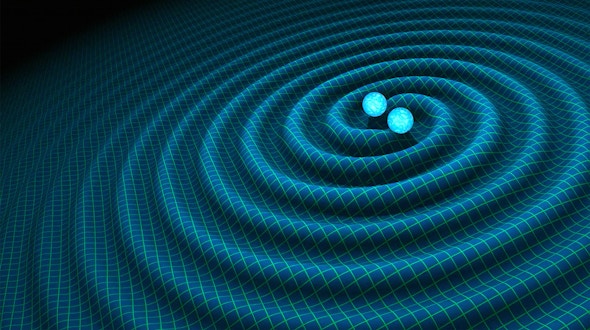LIGO

The Laser Interferometer Gravitational-Wave Observatory (LIGO) was designed to open the field of gravitational-wave astrophysics through the direct detection of these waves, predicted by Albert Einstein’s general theory of relativity
LIGO Scientific Collaboration website
CCA Gravitational Wave Astronomy Group
LIGO’s multikilometer-scale gravitational-wave detectors use laser interferometry to measure the minute ripples in space-time caused by passing gravitational waves from cataclysmic cosmic events such as colliding neutron stars or black holes, or by supernovae.
CCA scientists analyze the ripples detected by the LIGO instruments to look for unexpected signals from exotic objects and to find and characterize signals from merging pairs of black holes or neutron stars in order to understand the birth, life and death of massive stars. We also use LIGO’s detections, sometimes together with traditional astronomical observations in the electromagnetic spectrum, to measure the size and expansion history of the universe.